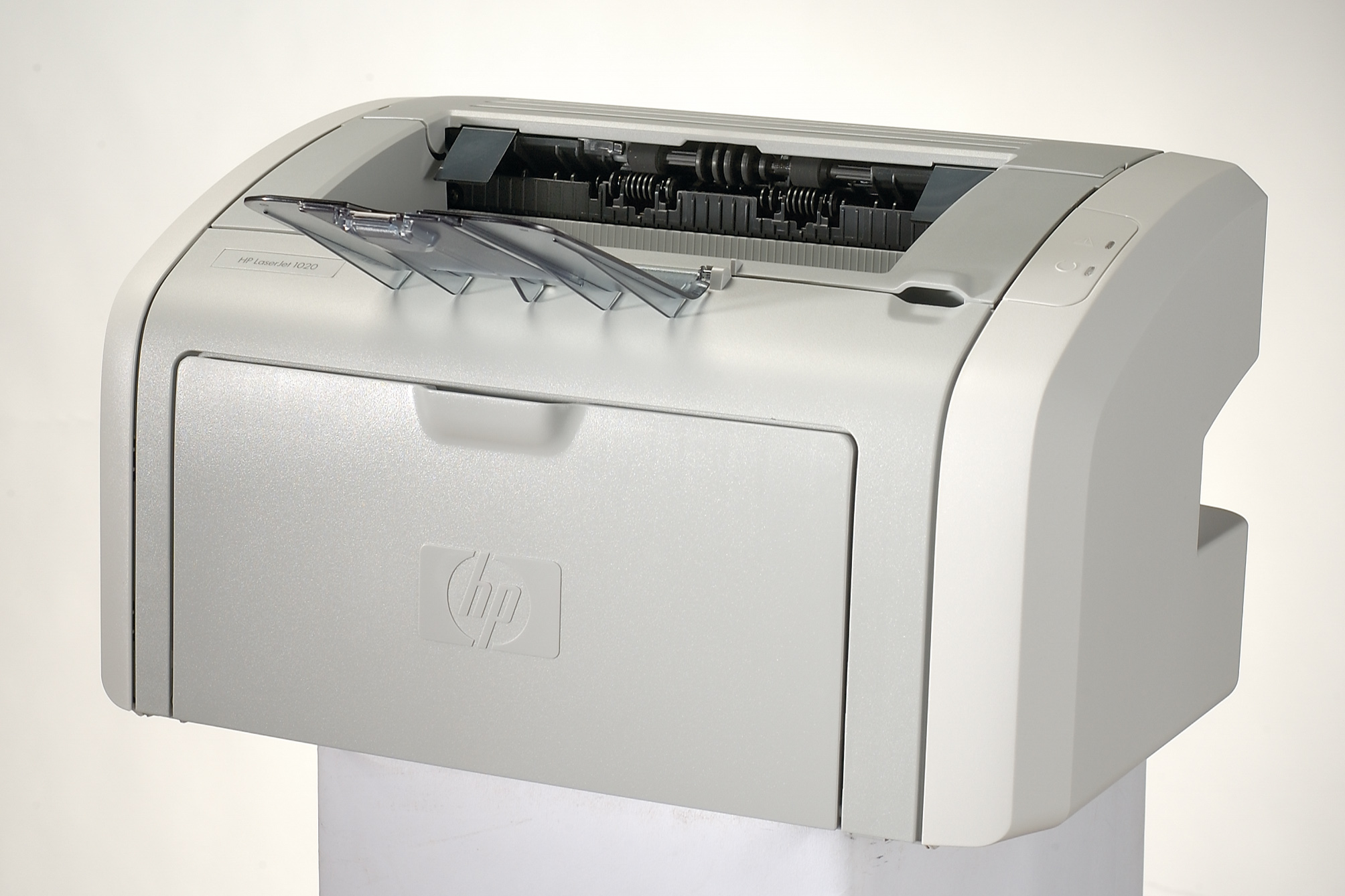TechRadar Verdict
A great little laser printer with a sturdy build quality, fast output and great text
Pros
- +
Workhorse printer
Reliable
Cheap to run
Cons
- -
Limited memory
Sparse features
Why you can trust TechRadar
You want to be able to print colour photos so you buy an inkjet printer, but you soon realise that it's not very economical for printing text only documents. So, you think about buying a laser printer as well, because there are quite a few cheap ones on the market.
The only problem is that they're usually built with all the sturdiness of a house of straw in a wind tunnel. Cheap lasers from the likes of Samsung and Panasonic with price tags of under £100 are forcing the mainstream makers of laser printers to produce cheaper competing products.
The latest salvo in this laser war comes from HP (the undisputed king of the laser printer) with the entry-level LaserJet 1020, which retails at the very acceptable price of just £105. That's only £50 more than the cost of a replacement cartridge.
Of course, at that sort of price you might expect that HP would have cut a few corners and produced a really flimsy offering. To its credit, HP has not done that and has, instead, come up with a basic, well-built laser printer that's perfect for the home user who wants the crisp output of a laser printer for invoices, letters and other mono documents. It's stylish, compact and devoid of all controls except the two status LEDs on the top of the printer.
Now, we should make it clear at this point that the LaserJet 1020 isn't stacked to the gunwales with memory and it doesn't have a PostScript capability. Neither does it have a whole load of expansion possibilities or advanced features. But if all you're doing is writing the odd letter to the bank manager then the 1020 is just the ticket.
Instant-on technology
The most impressive feature of the 1020 is the very short time between pressing C [P] and seeing the first page of your document come out. It's less than ten seconds from standstill to print thanks to HP's Instant-on technology. And once the 1020 gets into its stride, it can crank out up to 14 pages per minute. The print quality is razor sharp because of the 1,200dpi-type output with HP's REt and FastRes processing.
Of course, some people might say that 14 pages per minute is a little on the sluggish side - even some inkjets can go faster than that. But ask yourself how often you actually print a document of more than 14 pages? For the average home user, the time to first page is a far more vital statistic than the quoted number of pages per minute.
Anyway, if you are going to be doing such high-volume print runs then the LaserJet 1020, with its low 5,000 pages per month duty cycle, clearly isn't for you.
Another really impressive feature on the 1020 is the provision of a second paper feed that's perfect for feeding in labels and envelopes without disturbing the main 150-sheet paper tray. The one thing this printer doesn't have is a straight paper path for thicker media; it's not needed in most instances but some people like to have the option.
Now we come to running costs. It's all very well buying a printer for £105, but the ongoing running costs do have to be manageable. It's here that HP's strategy becomes a bit clearer.
The 12A replacement cartridge that the LaserJet 1020 uses will yield around 2,000 pages at a cost of £50. That's about 2.5p per print excluding paper. That's not bad but it's not as good as, say, the Kyocera 920 that we reviewed in MF156, which offers 6,000 pages for the same price.
If you aren't going to be printing huge files, the cheaper initial purchase price of the 1020 could be worth the higher page cost. It's up to you to do the sums and decide for yourself.
Although HP hasn't tested the 1020 extensively on a Mac, we tested it while running Tiger with no problems. Mark Sparrow
Tech.co.uk was the former name of TechRadar.com. Its staff were at the forefront of the digital publishing revolution, and spearheaded the move to bring consumer technology journalism to its natural home – online. Many of the current TechRadar staff started life a Tech.co.uk staff writer, covering everything from the emerging smartphone market to the evolving market of personal computers. Think of it as the building blocks of the TechRadar you love today.
